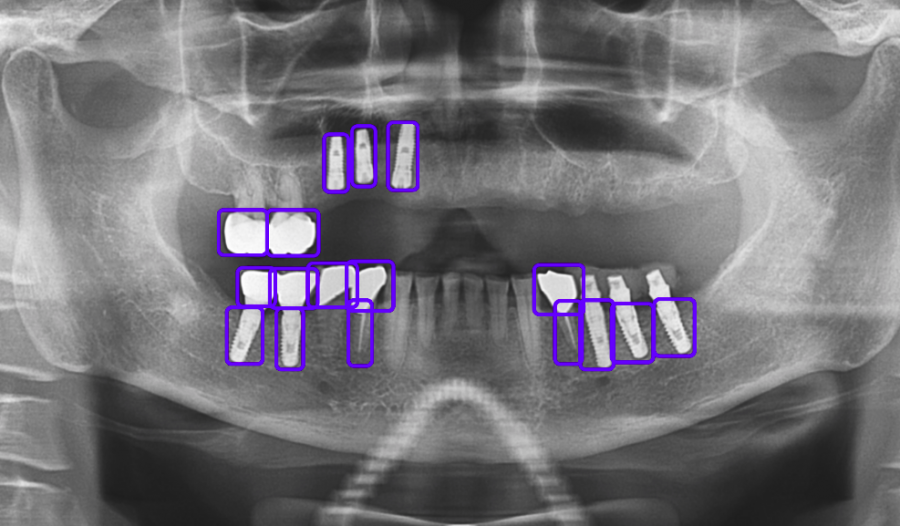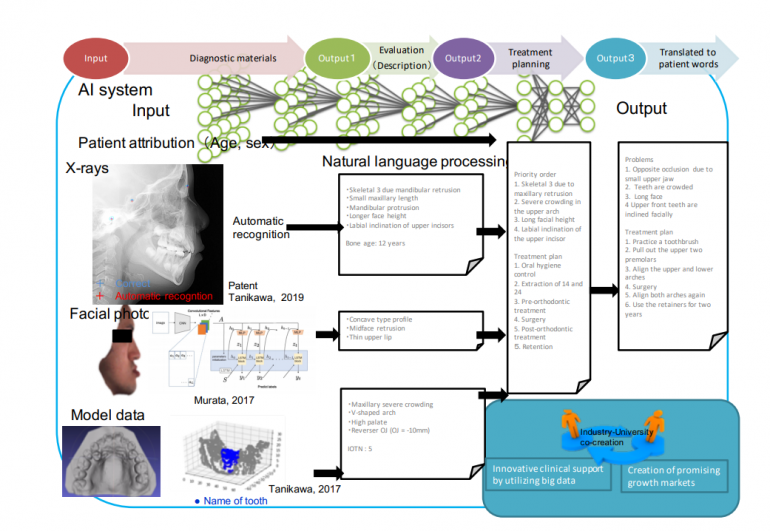
A group of researchers from Osaka University in Japan have proposed an automated orthodontic diagnosis system based on Natural Language Processing (NLP).
In a paper published recently, Tomoyuki Kajiwara and his colleagues describe an artificial intelligence system that takes various patient data and outputs a treatment plan. The proposed system starts with imaging and model data from the patients (x-rays, facial photos, 3D model, etc) as the learning data. Computer vision and mostly Natural Language Processing techniques are then used on this data to extract diagnoses and from them to define treatment plans.
The system is designed such that it takes multi-modal data as input, provides a list of diagnoses ordered by priority and several treatment plans based on the diagnoses. In the end, the system is able to provide human-readable output containing the detected problems and the treatment plan.
Researchers tried to make the method more comprehensive so that it takes into account many diagnoses as well as treatment plans. The proposed method is able to organize each medical condition within a treatment protocol. In order to do this, researchers consider the problem as a multi-label classification problem given 400 types of medical conditions.
To develop and evaluate the proposed method, 900 hand-written certificates by dentists were used in the experiments. Researchers report that they achieved 0.584 correlation coefficient with human rankings for the treatment prioritization task.

In conclusion, researchers propose an interesting system for automatic orthodontic diagnosis based on machine learning. They showed that it is possible to extract features from free-form doctor certificates to build powerful machine learning models that, in turn, can provide diagnoses and treatments.
More about the proposed automated orthodontic diagnosis system can be read in the official paper.